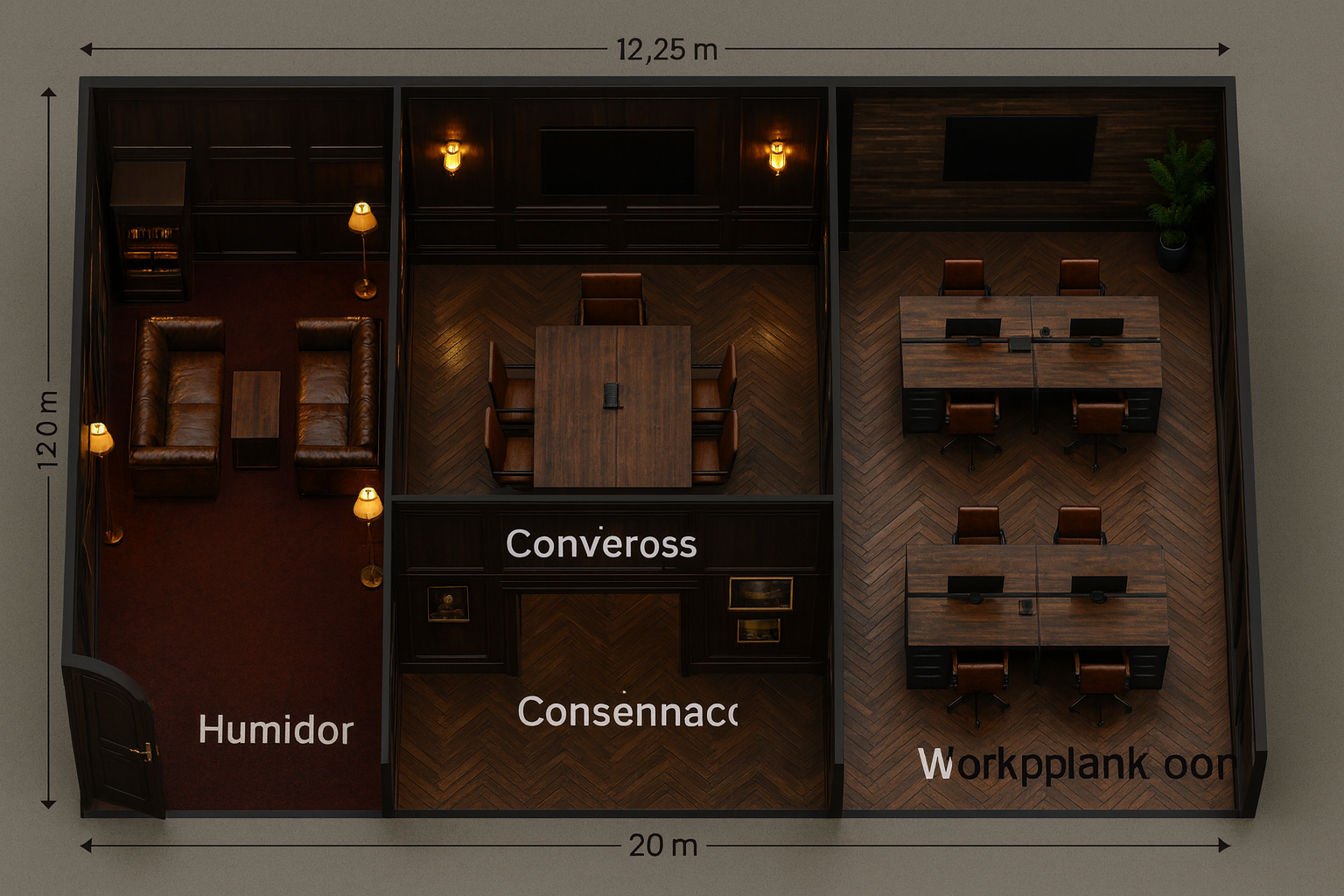Mobile-First Design Principles: Transforming User Experience across Devices
In today's digital era, the mobile user experience has taken center stage. With the number of mobile device users consistently on the rise, adopting mobile-first design principles is no longer optional but crucial for any business aiming to thrive online. This approach doesn’t just enhance user experience but also plays a significant role in SEO rankings and digital marketing success. In this article, we explore the key aspects of mobile-first design principles and how they transform user experience across devices.
Current Trends and Industry Best Practices
The mobile-first design has shifted the paradigm in web development. The industry trend now places mobile interaction as the primary focus, influencing every design decision:
- Simplified Navigation: User-friendly navigation tailored for thumb use is critical. Menus are more compact, and essential elements are prioritized.
- Fast Loading Times: Mobile users expect fast page loads. Implementing strategies like image optimization and CSS minification is crucial.
- Touch-Friendly Design: Designing with adequate spacing for touch elements enhances user interaction.
- Flexibility and Scalability: Responsive design must adapt seamlessly regardless of the screen size, maintaining visual and functional consistency.
These best practices ensure that users have an engaging and efficient experience, reflecting positively on brand perception and conversions.
Practical Implementation Strategies and Techniques
Embrace a Content-First Approach
Design must reflect priorities on content essential for mobile users. Linearize content so the most important elements appear first. Simplify overall design elements to create a cohesive narrative that’s straightforward and engaging on smaller screens.
Apply Responsive Breakpoints
Responsive breakpoints allow developers to design layouts for different screen sizes. Establishing breakpoints based on actual content and user behavior can significantly enhance the mobile experience.
Implementing a systematic approach to determine these breakpoints benefits both the design process and end-user engagement.
Technology Solutions and Tools
Utilizing robust technology and tools can accelerate and optimize the mobile-first design process:
- Bootstrap: A front-end framework that simplifies the development of responsive designs with pre-designed components.
- Google Mobile-Friendly Test: An online tool to test mobile usability, offering insights into improvements needed.
- Figma and Sketch: These design tools enable collaboration and precise mobile-first design layout creation.
- Media Queries: Facilitate targeted CSS styling, adapting design elements dynamically across devices.
Incorporating these tools can streamline the design process, ensuring accuracy and efficiency in mobile-first projects.
Common Challenges and How to Overcome Them
Transitioning to a mobile-first approach poses certain challenges:
- Resource Constraints: It requires additional resources; collaborating with specialized web design services can bridge this gap effectively.
- Device Fragmentation: Testing across a breadth of devices demands comprehensive strategies to ensure uniform design quality.
- Content Prioritization: Not all content fits all devices. Utilizing analytics to understand user preferences assists in better prioritization.
Proactively addressing these challenges leads to improved outcomes in mobile-first design projects.
ROI and Business Impact Considerations
Investing in mobile-first design delivers clear business benefits:
- Improved User Experience: Enhanced user interactions lead to increased engagement and lower bounce rates.
- Higher Conversion Rates: Optimized experiences drive sales and conversions, especially in e-commerce landscapes.
- SEO Benefits: Search engines favor mobile-optimized sites, improving search visibility and organic traffic.
These influences contribute significantly to business growth, validating the mobile-first design approach.
Future Outlook and Emerging Trends
The evolution of mobile-first design continues to advance with emerging trends:
- AI Integration: Leveraging machine learning for predictive user experience improvements.
- Voice Search Compatibility: Integrating voice functionality as mobile use diversifies.
- Augmented Reality (AR): Employing AR elements to enrich interactive experiences and engagement.
Businesses employing these forward-looking strategies will be well-positioned to lead in their domains, offering unparalleled user experiences.
FAQs
What is mobile-first design?
Mobile-first design is an approach where design is initially executed for mobile devices and then scaled up for larger screens. It prioritizes mobile responsiveness and usability.
Why is mobile-first design important?
With increasing mobile users, ensuring an optimized mobile site is crucial for enhancing user experience, increasing conversions, and improving search engine rankings.
How does mobile-first design impact SEO?
Search engines prioritize mobile-friendly designs, which results in higher rankings and better visibility in search results.
Can existing websites be redesigned with a mobile-first approach?
Yes, any existing site can be revamped using mobile-first principles to improve performance and user engagement.
What role does content play in mobile-first design?
In mobile-first design, content must be strategically prioritized to ensure relevance and accessibility, impacting user experience positively.
Conclusion
Mobile-first design principles are at the heart of modern web development, shaping the future of digital interactions. Businesses that embrace this approach enhance their user experience, achieve meaningful engagement, and see substantial growth in conversion rates. Monte Carlo Web Graphics specializes in crafting tailored mobile-first solutions, helping you lead with seamless digital experiences.
Start your digital transformation today with Monte Carlo Web Graphics

















